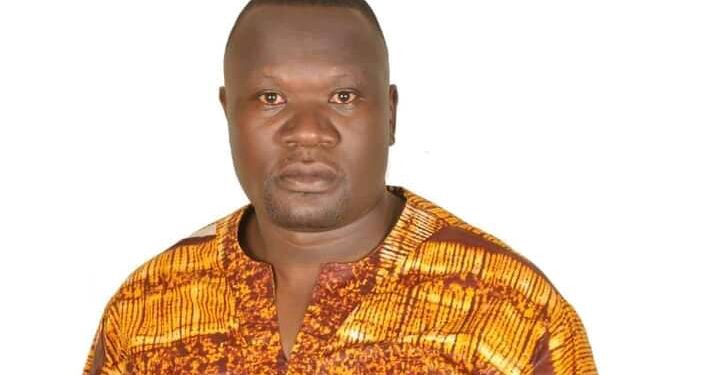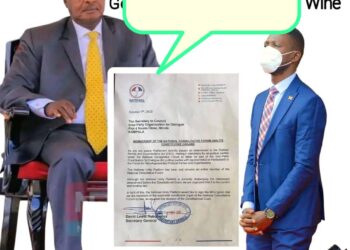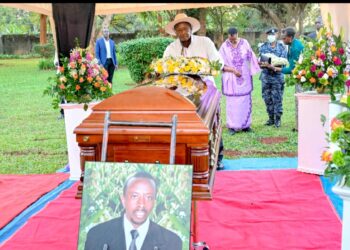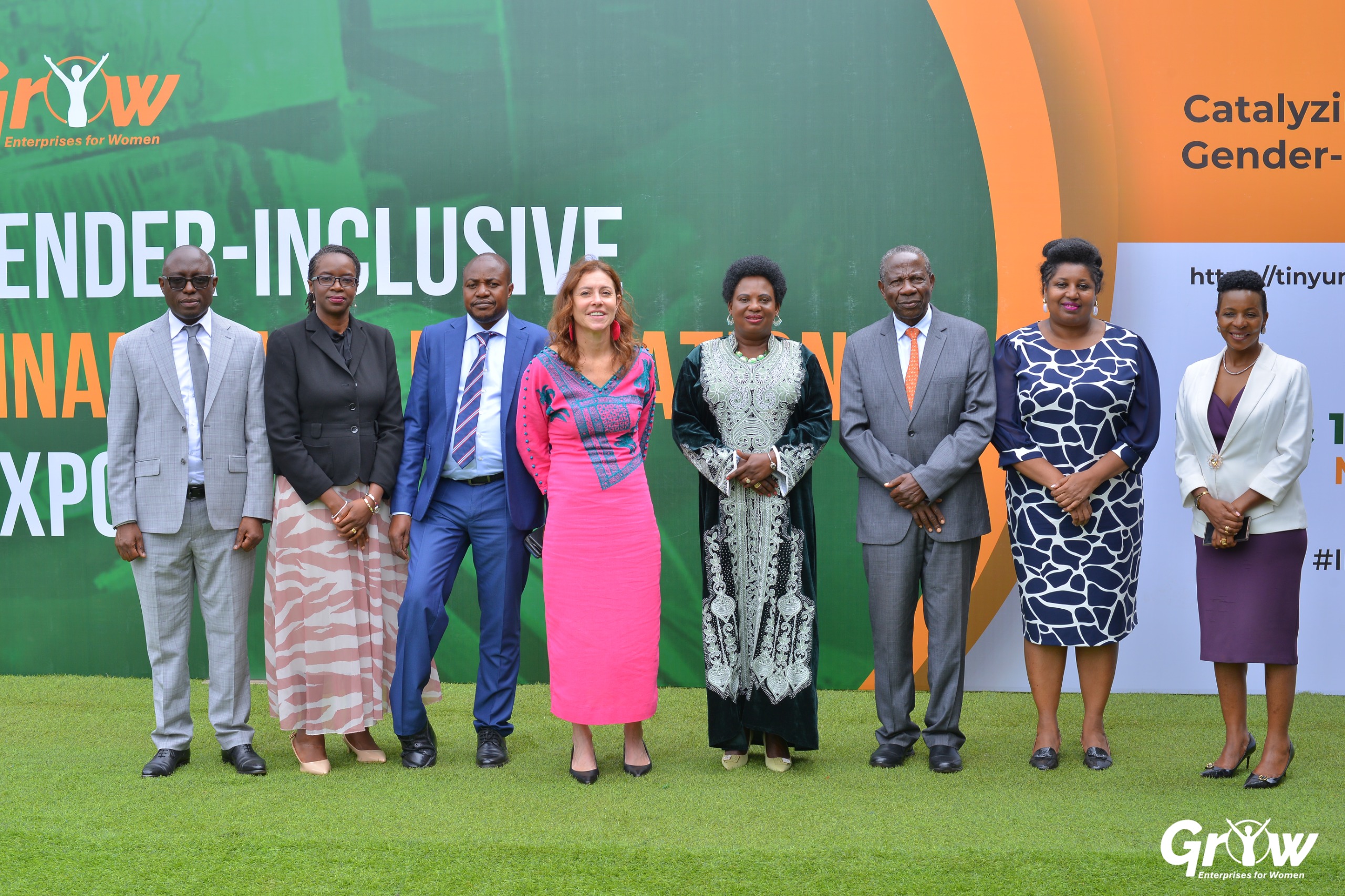Uganda stands at a pivotal moment in its economic journey, as President Yoweri Kaguta Museveni unveiled the National Resistance Movement’s (NRM) 2026–2031 manifesto—aptly titled the “Kisanja Programme”—with a bold promise to “protect the gains and make a qualitative leap into a high middle-income status.” This new manifesto is not a departure from the past but a strategic continuation of the NRM’s long-standing mission to transform Uganda from a subsistence-based economy into a modern, inclusive, and productive society. It builds on the foundation laid by previous manifestos, particularly the 2021–2026 agenda, which emphasized infrastructure development, peace consolidation, and the Parish Development Model (PDM) as a tool for grassroots empowerment.
At the launch event held at Speke Resort Munyonyo, President Museveni declared, “The manifesto is not just paper. It is a plan of action. We are committing ourselves to building on what has been achieved and addressing the gaps that remain in our society.” This sentiment echoes the NRM’s historical trajectory, where each electoral term has been marked by a deliberate effort to deepen economic transformation. The 2021–2026 manifesto introduced the PDM as a revolutionary approach to decentralize development, and now, the Kisanja Programme seeks to scale it further by integrating the remaining 32% of Ugandans into the formal money economy.
Museveni’s economic vision is rooted in pragmatism and urgency. “People going to the Middle East to look for jobs—what are you going to look for? The Middle East should be coming to work here,” he remarked, challenging the narrative of labor export and underscoring his commitment to domestic job creation. This statement reflects a broader strategy to harness Uganda’s human capital through industrialization, agro-processing, and ICT-driven innovation. The manifesto pledges to create jobs by expanding agro-industrial parks, supporting farmer cooperatives, and investing in vocational training tailored to market needs.
The manifesto also takes a firm stance on corruption and impunity, which Museveni described as “a cancer that must be removed.” He emphasized that economic empowerment cannot thrive in a system where public resources are misused. “We must protect the gains we have made. That means fighting corruption at every level,” he said. This aligns with the manifesto’s promise to strengthen oversight institutions and digitize service delivery to reduce leakages and improve transparency.
One of the most transformative elements of the new manifesto is its emphasis on science and innovation. Museveni praised Ugandan scientist Dr. Magoola, stating, “Science will push Uganda into a new economic phase,” and committed to funding indigenous research and development. This marks a shift from dependency on foreign technologies to homegrown solutions that can add value to Uganda’s agricultural and mineral exports. The manifesto envisions a future where Ugandan products are not just raw materials but finished goods commanding premium prices in global markets.
Financial inclusion remains a cornerstone of the Kisanja Programme. Building on the success of SACCOs and community banking initiatives, the manifesto outlines plans to strengthen Parish Development Banks and ensure that every Ugandan household has access to affordable credit. According to government data, over 10,000 SACCOs have been registered nationwide, serving millions of Ugandans. The new manifesto aims to double this reach, particularly in underserved regions, thereby catalyzing entrepreneurship and household-level wealth creation.
The Parish Development Model (PDM), first introduced in the 2021–2026 manifesto, is now being scaled up with renewed vigor. It targets the 39% of Ugandans who were previously stuck in the subsistence economy, aiming to transition them into productive, income-generating activities. Under the Kisanja Programme, PDM will receive increased funding, better monitoring, and integration with digital platforms to track progress at the parish level. “We are not just giving money. We are building systems that empower people to use that money wisely,” Museveni said.
The economic impact of these policies is expected to be profound. Uganda’s GDP has grown steadily over the past decade, averaging 5.5% annually, and the country recently crossed the lower middle-income threshold. However, disparities remain, with rural poverty rates hovering around 30%. By targeting the subsistence economy and empowering local communities, the Kisanja Programme seeks to reduce poverty to below 10% by 2031. Museveni’s vision is clear: “We must move from survival to prosperity. Every Ugandan must be part of the money economy.”
The manifesto also outlines a robust export strategy, focusing on regional integration and value addition. Uganda will strengthen its position in the East African Community (EAC) and COMESA markets, promoting processed goods over raw exports. This includes coffee, cotton, fish, and minerals—sectors where Uganda has comparative advantages but has historically exported unprocessed commodities. “We are losing money by exporting raw materials. That must stop,” Museveni asserted.
Infrastructure development, a hallmark of previous NRM manifestos, remains a priority. The Kisanja Programme pledges to complete key road networks, expand electricity access, and invest in digital infrastructure to support e-commerce and remote work. These investments are not just about connectivity—they are enablers of economic activity. With over 70% of Uganda’s population under the age of 30, the manifesto recognizes the need to create a digital economy that can absorb youth into meaningful employment.
Education and skills development are also central to the manifesto’s economic empowerment agenda. The government plans to expand vocational training centers, revise curricula to match market demands, and promote STEM education. Museveni emphasized, “We must teach our children what the economy needs. Not just what tradition dictates.” This shift is expected to produce a workforce that is better equipped to drive innovation and productivity.
In linking the old and the new, the manifesto reflects a continuity of purpose and a sharpening of focus. The infrastructure gains of the past—roads, electricity, and security—are now being leveraged to unlock economic potential at the grassroots. The Kisanja Programme is not merely a political document; it is a blueprint for inclusive growth, national pride, and economic sovereignty. As Uganda prepares for the 2026 elections, the manifesto stands as a testament to the NRM’s enduring promise: to transform lives, uplift communities, and secure a future where every Ugandan thrives.
Museveni’s message is not just for voters—it is a call to action for every stakeholder in Uganda’s development. From local leaders to entrepreneurs, from scientists to farmers, the Kisanja Programme invites collective participation in building a prosperous nation. “This is our time. Let us not waste it,” Museveni concluded, his voice echoing through the halls of Munyonyo and into the hearts of millions who believe in Uganda’s potential.
The author is the Deputy Resident City Commissioner for Nakawa Division in Kampala.
Do you have a story in your community or an opinion to share with us: Email us at editorial@watchdoguganda.com














